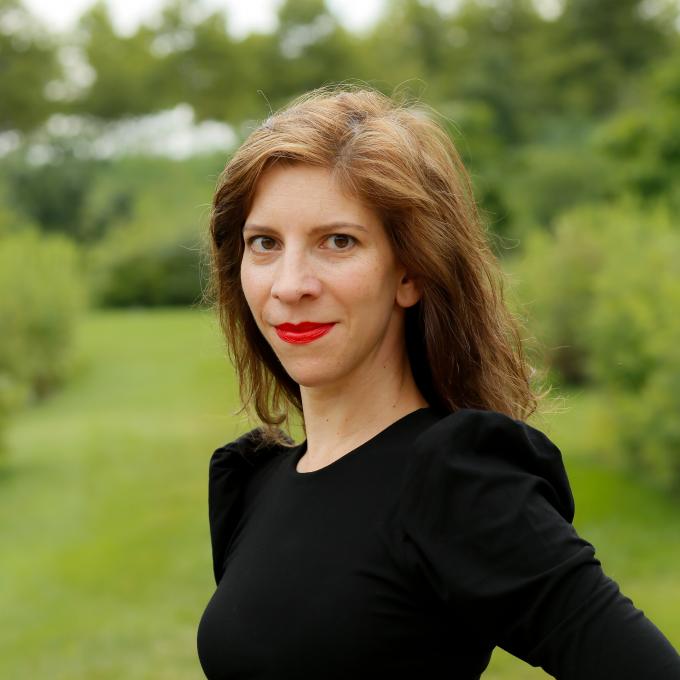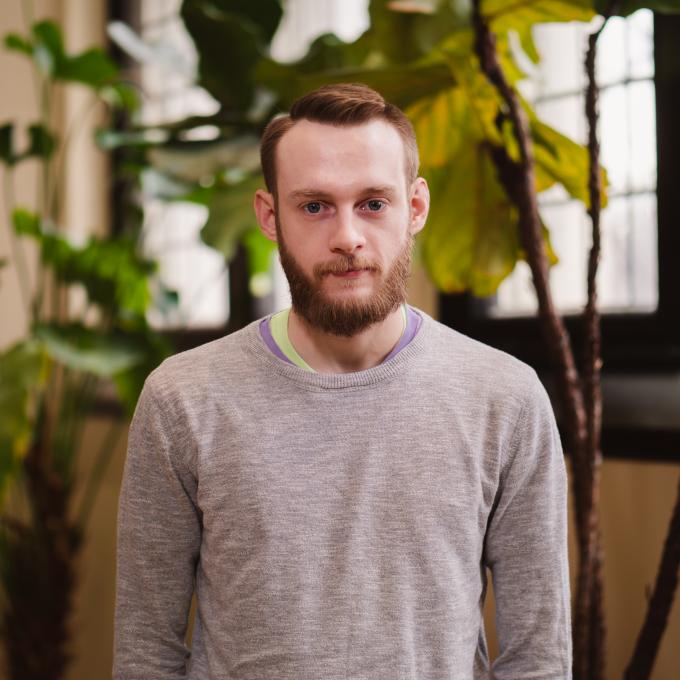Explore how your mind and body create meaning in the world with applications to philosophy, neuroscience, aesthetics, and rehabilitation.
The theme of this course is to explore how the how the mind-body connection brings life to our everyday experiences. Drawing upon multiple disciplines, we will investigate the mind and body through philosophical, neuroscientific, psychological, and experiential study. We will discuss action-perception links and their contribution to consciousness and embodied cognition. Guided phenomenological demonstrations will illustrate how perception is created through action.
Investigating movement through a neuroscience lens, we will dive into the inner workings of the brain and discover how our central nervous system integrates information to shape our sensation and perception. We will also explore concepts of motor learning, rhythmic entrainment, motor sonification, and neuroplasticity as they pertain to speech and motor development over the lifespan. Current research into movement therapies will introduce students to creative ways that artistic practices can help people with neurologic disorders. Students will embark on mentored research experiences during their second year to apply their knowledge to practical research settings.


